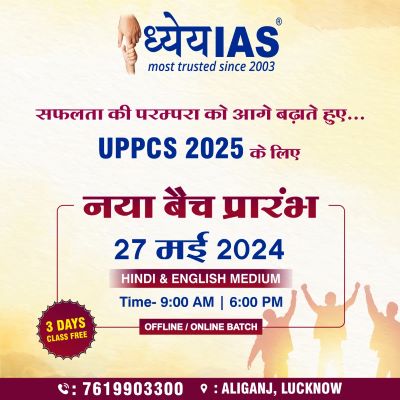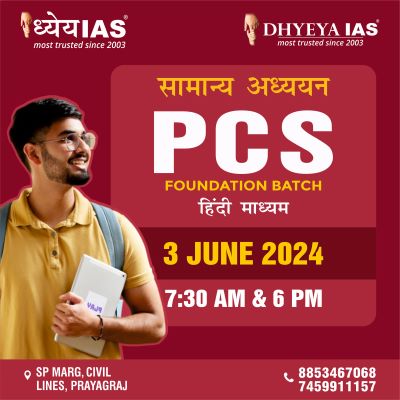Date: 30/08/2022
Relevance: GS-1: Indian Society, Population and associated issues, poverty, and developmental issues
Relevance: GS-2: Issues relating to the development and management of Social Sector/Services relating to Health, Education, Human Resources, and Issues relating to poverty and hunger.
Key Phrases: Public health in India, Caste system and Public health, gender inequality, Status of women
Background:
- In the aftermath of COVID-19, public health in India and associated challenges, and issues have been subjected to much debate.
- Recently, even the Prime Minister had exhorted countrymen to fight malnourishment.
- However, caste-based societal hierarchy and gender discrimination indirectly contribute to poor public health.
Public Health in India:
- Currently “Health” is under the State list in the constitution of India
- India spends less than 2% of its GDP on health whereas the National Health Policy,2017 envisages it to be more than 2.5% of GDP
- There is dearth of government doctors as doctor population ratio is 1:1800 and about 70% of doctors caters to the urban population (~30%)
- There is a shortage of Primary Health Centres (PHCs) by 22% and sub-health centres by 20%.
- Only about 7% sub-health centres and 12% primary health centres meet Indian Public Health Standards (IPHS) norms.
- The Current Infant Mortality Rate (IMR) is about 30 per 1000 live births while Maternal Mortality Rate (MMR) is 103.
Government Initiatives in healthcare:
- Poshan Abhiyan and Poshan Maah Initiative
- Emergency Response and Health Systems Preparedness Package
- Ayushman Bharat Pradhan Mantri Jan Arogya Yojana (AB PM-JAY)
- Pradhan Mantri Swasthya Suraksha Yojana (PMSSY)
- National Digital Health Mission
- Pradhan Mantri Matru Vandana Yojna
- Intensified Mission Indradhanush 3.0
Public infrastructure and Social equalities: The correlation
- Strong Public infrastructure can be built through social equality and societal change and 19th century Western societies are examples of it.
- These societies focused on two core areas: Public sanitation and Public solidarity which means the coming together of social groups based on “shared concern” which was good for everyone.
- This socio-political change broadly took place through
- Endogenous processes of social change.
- Working-class struggles towards better working and living conditions
- It led to a reorganization of urban spaces and secularization of knowledge production and its application to society.
- Thus it is believed that the 19th century was a period of the ‘Great Sanitation Awakening’ in Britain, which led to a dramatic fall in mortality due to communicable diseases.
- The mortality was reduced without the use of medicines and antibiotics underlines the importance of the shared societal efforts in public health improvement.
Public health and effect of social status of women:
- A recent research (The effect of low social status of women: V. Ramalingaswami and ors.) shows that child malnutrition predominates in South Asian countries vis-a-vis Sub Saharan countries.
- According to the research, South Asia’s high rates of child malnutrition is not due to poverty.
- They argued that it was the low social status of women that was responsible for India’s dismal record on nutrition.
- In fact, the recent improved performance of Bangladesh, a south Asian country, has highlighted the significant role played by gender equality and improved status of women.
Gender equality and Status of women:
- The principle of gender equality is enshrined in the Indian Constitution.
- The Constitution provides equality to women at the same time state is empowered to take measures of positive discrimination in favor of women in order to mitigate their cumulative socio-economic and political disadvantages.
- Women have fundamental rights to not be discriminated on the grounds of sex (Article 15) and get equal protection under the law. (Article 14)
- It also imposes a fundamental duty on every citizen to renounce the practices derogatory to the dignity of women. Art 51A(e)
Government initiatives:
- Beti Bachao Beti Padhao Scheme
- Ujjawala Yojna
- NARI SHAKTI PURASKAR
- SWADHAR Greh (A Scheme for Women in Difficult Circumstances)
- Mahila Shakti Kendras (MSK)
- Pradhan Mantri Matru Vandana Yojana
- Pradhan Mantri Mahila Shakti Kendra Scheme
- One Stop Centre Scheme
The caste system and a failed nation?
- Although the Caste system harms everyone, Health research in India largely labels poverty, malnutrition and diseases as the causes of miserable social indicators and ignores the impact of caste.
- The ideology of caste, especially its dual principles of purity and pollution, has grave implications for public sanitation.
- The caste system has ostracized some castes as “ritually impure”, who are forced into sanitation work.
- Thus the other castes stay far away from working towards public cleanliness and this way basic civic sense is discouraged, even stigmatized, in a caste society.
How does the caste system hinder “Public Spirit” and “Common Good”?
- The Caste system works against social endosmosis i.e. the possibility of various channels of exchange of ideas, values, and practices between social groups. The Caste system enforces “social isolation” for oppressed groups.
- Thus these groups are blocked out of social communication, resulting in loss of empathy and ethical responses from other castes.
- The caste system has percolated deep into the society that even the most progressive and scientific-minded individuals who are socialized in caste will not find anything wrong in practices such as manual scavenging.
- It resists the interests of oppressed castes as well prevents the elite sections from developing feelings of mutual trust and fellowship in society which is essential for a sanitation revolution.
- Thus the public spirit is lost as the core tenet of the public system “caring for others translates into caring for oneself” is not found in a caste society.
The twin challenge of caste and gender inequality:
- The Indian society is plagued with a caste system which is coupled with gender discrimination.
- This coupling is largely responsible for prevalence of this system even
in today’s times because
- The rationale of control over women is to maintain the caste purity thus promoting gender inequality.
- On the same lines even today women have limited control over decisions regarding their own bodies, such as sexuality, choice in marriage or childbirth
- Violence against women takes varied forms and ‘honour killings’ are as much about caste/clan as they are about gender.
- India has one of the lowest female labour force participation rates in the world, comparable to some west Asian and north African regions.
Way forward:
- The Joint prevalence of Caste and Gender inequality is the biggest hurdle in the inculcation of public spirit and public health concerns arising out.
- It is impossible to completely insulate oneself from the larger
society but the absence of a feeling of belonging to the same ‘public’ in
India needs to go which requires
- Urgent need of socio-political and scientific revolutions against caste inequalities such as manual scavenging.
- Promoting gender equalities in all spheres of society.
- During the COVID pandemic in October 2021, the New York City Board of Health declared racism a “public health crisis”.
- Thus if public health deteriorates then everyone is harmed which is evident from COVID-19 pandemic and seeing the impact of gender and caste inequalities we need to declare caste and gender inequality a public health crisis in India so that urgent actions can be taken to overcome them.
Source: Live-Mint
Mains Question:
Q. Gender inequality embedded in the caste system in India is not only a manifestation of social stigmatization but also accords a public health crisis, elucidate (250 words).





















